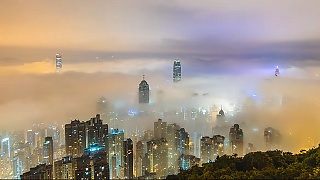
|
30 popular drinks and beverages you might encounter in China, including traditional favorites and popular choices:
Green Tea (绿茶, lǜchá) - Refreshing and commonly served in Chinese restaurants and households.
Black Tea (红茶, hóngchá) - Another classic tea variety enjoyed across China.
Oolong Tea (乌龙茶, wūlóngchá) - Semi-oxidized tea with a diverse range of flavors.
Jasmine Tea (茉莉花茶, mòlìhuā chá) - Fragrant tea infused with jasmine flowers.
Pu-erh Tea (普洱茶, pǔ'ěrchá) - A fermented tea known for its earthy flavor and health benefits.
Chrysanthemum Tea (菊花茶, júhuā chá) - Light and floral tea made from chrysanthemum flowers.
Hawthorn Juice (山楂汁, shānzhā zhī) - Tart and slightly sweet juice made from hawthorn berries.
Coconut Water (椰子水, yēzi shuǐ) - Refreshing and hydrating natural drink from young coconuts.
Soy Milk (豆浆, dòu jiāng) - Nutty and creamy beverage made from soybeans.
Milk Tea (奶茶, nǎichá) - Popular sweetened tea with milk, often served cold or hot.
Bubble Tea (珍珠奶茶, zhēnzhū nǎichá) - Sweetened tea or milk drink with chewy tapioca pearls.
Lemon Tea (柠檬茶, níngméng chá) - Tea infused with lemon juice, often served cold.
Lü Cheng Ice Tea (绿茶, lǜchá) - A popular bottled tea often found in convenience stores.
Chrysanthemum Tea (菊花茶, júhuā chá) - Light and floral tea made from chrysanthemum flowers.
Soy Milk (豆浆, dòu jiāng) - Nutty and creamy beverage made from soybeans.
Milk Tea (奶茶, nǎichá) - Popular sweetened tea with milk, often served cold or hot.
Bubble Tea (珍珠奶茶, zhēnzhū nǎichá) - Sweetened tea or milk drink with chewy tapioca pearls.
Lemon Tea (柠檬茶, níngméng chá) - Tea infused with lemon juice, often served cold.
Lü Cheng Ice Tea (绿茶冰, lǜchá bīng) - Bottled green tea served chilled with ice.
Beer (啤酒, píjiǔ) - Commonly enjoyed alcoholic beverage in China, with popular brands like Tsingtao and Snow Beer.
Rice Wine (米酒, mǐjiǔ) - Traditional Chinese alcoholic beverage made from fermented rice.
Baijiu (白酒, báijiǔ) - Strong Chinese distilled spirit made from grains, commonly consumed during celebrations.
Plum Juice (酸梅汤, suān méi tāng) - Tangy and sweet juice made from preserved plums.
Winter Melon Tea (冬瓜茶, dōngguā chá) - Refreshing tea made from winter melon, often sweetened.
Red Bean Soup (红豆汤, hóngdòu tāng) - Sweet soup made from boiled red beans, served hot or cold.
Honey Citron Tea (柚子蜂蜜茶, yòuzi fēngmì chá) - Tea infused with honey and citron fruit, served hot.
Laba Congee (腊八粥, làbā zhōu) - Sweet rice porridge traditionally enjoyed on Laba Festival, made with various ingredients like nuts and dried fruits.
Wolfberry Tea (枸杞茶, gǒuqǐ chá) - Tea made from goji berries (wolfberries), known for their health benefits.
Osmanthus Tea (桂花茶, guìhuā chá) - Fragrant tea made from osmanthus flowers, often sweetened.
Lemon Water (柠檬水, níngméng shuǐ) - Simple infused water made with lemon slices and water.
These are just a few examples of the diverse and delightful drinks you can enjoy in China. Each region may have its own specialties and variations of these beverages.
|
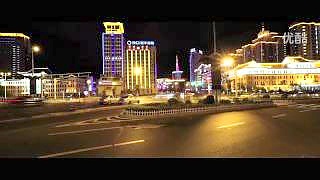


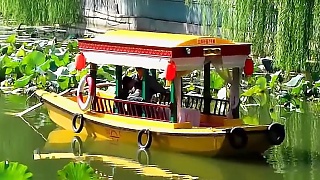


 Mulan (the movie)
Mulan (the movie)


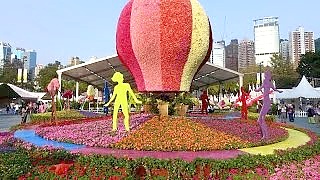
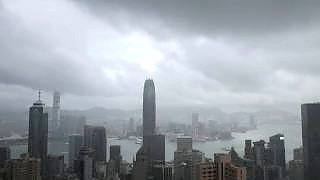

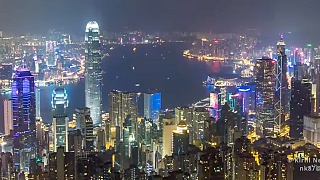
![`US-sponsored separatist groups, backed by Washington for decades, are being mobilized to attack and undermine activities related to the BeiJing 2022 Olympics, starting with the torch relay in Greece. I explain the background of the “Free Tibet” movement and how the US government, through the CIA, backed it as early as the 1950s and transferred its operations to the National Endowment for Democracy (NED) [or `Dominion` / enslavement]. ` With The New Atlas . . . Bonus films - terror activities by US-backed `opposition` in Myanmar . . . Bonus film 2 - subverting the `left` . . . Bonus film 3 - on Ecuador . . . Bonus film 4 - on Cambodia . . . They say : `How dare you put your face in front of my fist ! Serve your master. Or else. ` More . . . On the US plan to nuke Chinese cities - as revealed by Daniel Ellsberg, famous for the `Pentagon Papers`, with NuMuves . . . On the Falun Gong cult . . . *** Planning war on China - part 11 - don't miss it ***](https://img.youtube.com/vi/2w31eNNcGVU/mqdefault.jpg)



